Latest News
September 5, 2018
Wolf Star Technologies says that its True-Load software solution set can help make finite element analysis (FEA) based fatigue analyses with correlated loading events a natural part of the design cycle. With True-Load and its companion toolsets, True-QSE and True-LDE, engineers and analysts can understand the dynamic loading of structures and how to extract decision-ready data from FEA models, the company adds.
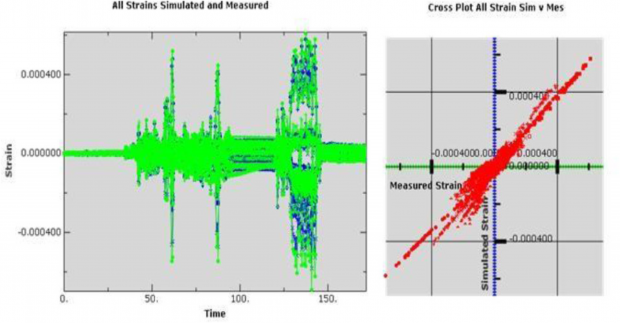
Wolf Star Technologies describes True-Load as “a first to market solution.” With it, engineers can use FEA models and correlated data to place strain gauges—not more costly load cells—in optimal locations on unmodified physical parts and then back-calculate loading. It can help engineers and analysts obtain design loads such as peak and time history as well as inform the user on where to attach strain gauges to minimize load estimation errors.
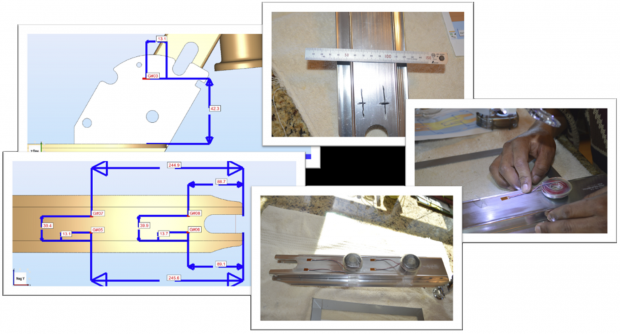
Typically True-Load's calculations of load time histories match the measured strain data to within 2% at every point in time, according to Wolf Star Technologies. Additionally, True-Load users can calculate load proportionality matrices.
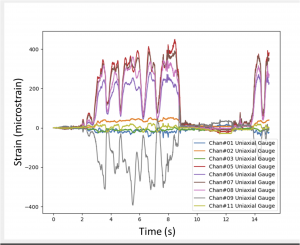
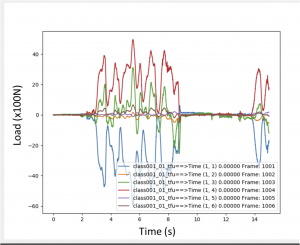
True-Load outputs feed into the True-QSE (Quasi-Static Events) post-processor. The combination of True-Load and True-QSE enables users to interrogate any point in the model for strain, stress or displacement, Wolf Star Technologies explains. This interactive process generally requires a few minutes to determine the strain gauge placement, as well as a few minutes to back-calculate the loading profiles.
True-QSE works by attaching user-defined scaling functions to FEA solutions. It uses linear superposition principles to interact with FEA models and to create plots of nodal and elemental functions. It has the ability to create full-field results in a new FEA database, and it can create operating deflection shapes. True-QSE also comes with utilities to generate standard function types like sine sweep, random, square wave and saw wave.
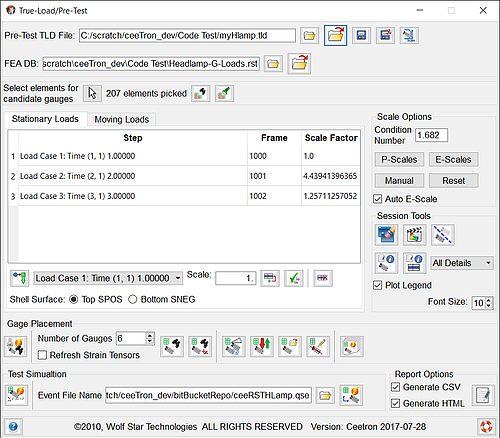
Like True-QSE, the True-LDE (Linear Dynamic Events) post-processor leverages linear superposition principles. With True-LDE, users can explore a model for responses to user-defined excitations. It supports time domain modal superposition, deterministic frequency domain modal superposition and random / PSD (power spectral density) domain modal superposition. It comes with capabilities for creating operating deflection shapes and peak value plots. Users also can include the effects of pre-load on all results.
True-Load works with most major FEA solutions such as Abaqus, ANSYS and Nastran. Beginning with its latest edition, Version 2018-Q3, True-Load now works with Radioss models. True-QSE and True-LDE can export data to most major fatigue packages, according to Wolf Star Technologies.
For complete details on True-Load, click here.
Read more about the scooter test.
Read more about the off-road vehicle test.
Read “Front-End Loader Linkage Durability Analysis Using Load Input from True-Load.”
Watch an interview of Wolf Star Technologies' Tim Hunter at CAASE 18.
See why DE's Editors selected the True-Load solution set as their Pick of the Week.
Sources: Press materials received from the company and additional information gleaned from the company's website.
Subscribe to our FREE magazine, FREE email newsletters or both!
Latest News
About the Author
Anthony J. Lockwood is Digital Engineering’s founding editor. He is now retired. Contact him via de-editors@digitaleng.news.
Follow DE




